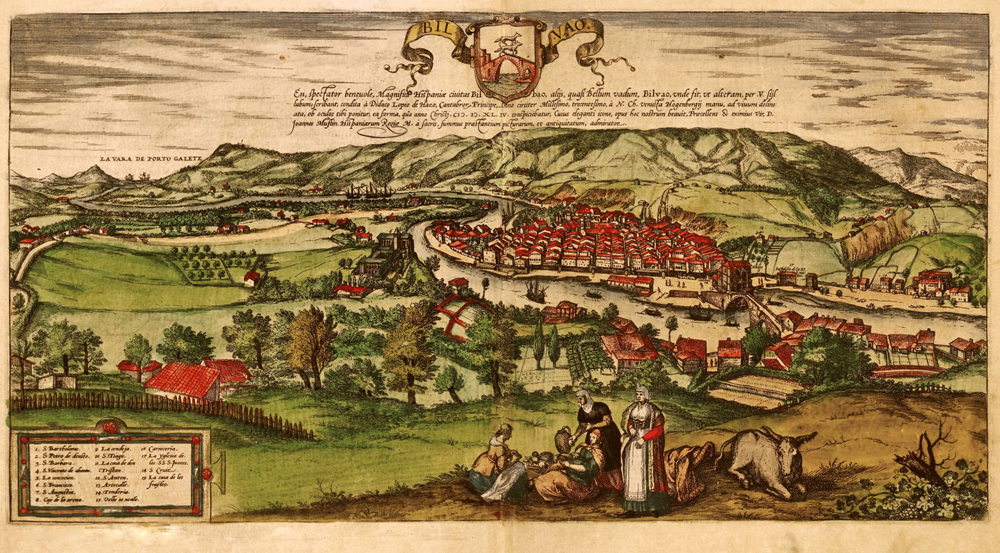
Bilbo, 1511ko ekainaren 22a. Joana Gaztelakoak –Joana Eroa ezizenez ezagunak– Kontsulatua abian jartzeko erregalia eman zion hiriari. Ordura arte, artilearen merkataritza kontrolatzen zuen Burgosko Kontsulatuak Bizkaiko golkoko portuen arteko lehia estua sustatu zuen. Baina handik aurrera, Bilboko itsasadarrean bertakoek hartuko zituzten erabakiak. Kontsulatu berria itsasadarrarekin, nasekin, dragatzeekin... zerikusia zuten gaiez arduratuko zen. Bertako merkatari, ontzi-jabe edota olagizonek zainduko, berrituko eta hobetuko zuten itsasadarra, eta portu naturalaren merkataritza jarduera bultzatuko zuten horrela.

Horrenbestez, XVI. mendearen erdialdean Bilboko itsasadarra bideratzeko lanak egin zituzten lehenengoz. Eta lehen bideratze hartan Gonzalo Saez de Mahamud nabarmendu zen. Batetik, lanei egindako ekarpen ekonomikoagatik. Eta bestetik, izenaren jatorri musulmanagatik. Gogoan izan behar da, garaiko foru arauen arabera, moriskoek, juduek eta kristautasunera konbertituek debekatuta zeukatela Bizkaiko jaurerrian bizitzea. Are gehiago kargu publikoak izatea.
Baina Gonzalo Saez de Mahamudek kargu publikoak izan zituen. Bilboko errejidore izan zen 1543tik 1551ra eta, besteak beste, Merkatarien Fidel izendatu zuten. Agiriek erakusten dute botere ekonomikoa ere bazuela; dohain eta zerbitzu askotan haren izena agertzen da diru kopuru handienen aldamenean. Bizkaiko familia nagusiekin, ezkontzen bidez, lotura zuela badakigu, hala nola Zurbaran eta Markinatarrekin.
1881ean, Camilo Villabaso Echevarria foruzale eta diputatuak Mahamuden sinadura jaso zuen Euskal-Erria aldizkarian, itzal handiko beste bizkaitar batzuenarekin batera. Eta azpian, pertsonaiaren azalpen labur baten ondoren, zera idatzi zuen: “Zer jatorri zuen familia hark? Abizenak adierazi bezala, haren leinua moriskoa izanik, nolatan etorri zen bizitzera konbertitu berriekin ere muturreko etsaitasuna nagusi zen herrialdera?”.
Egun, galdera horiek ez dute oraindik erantzunik.